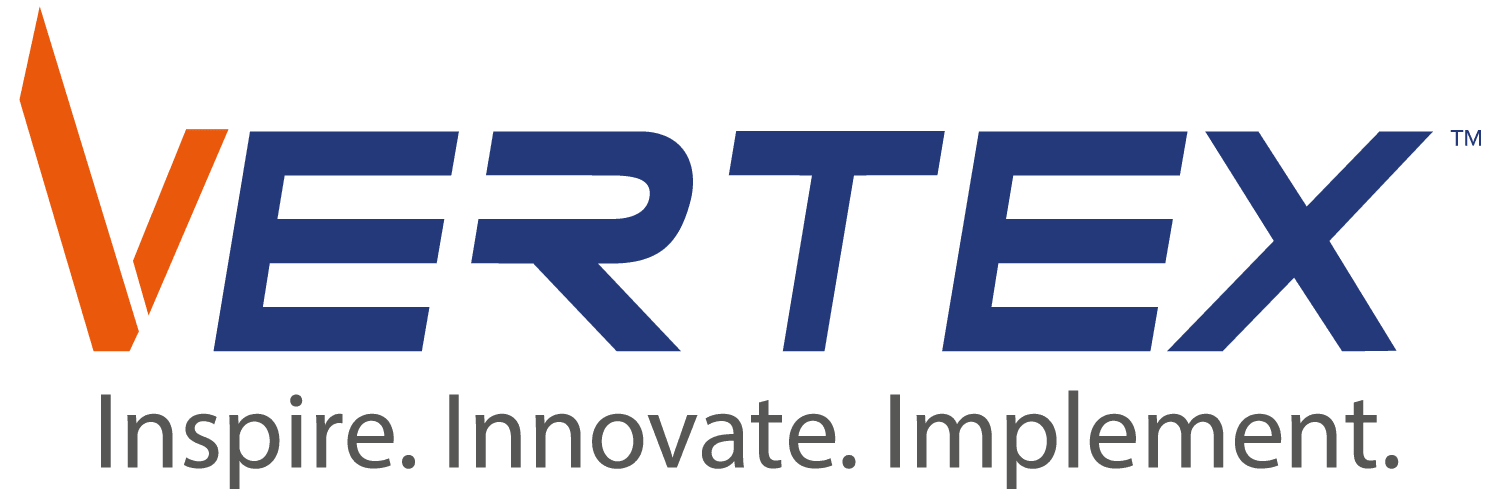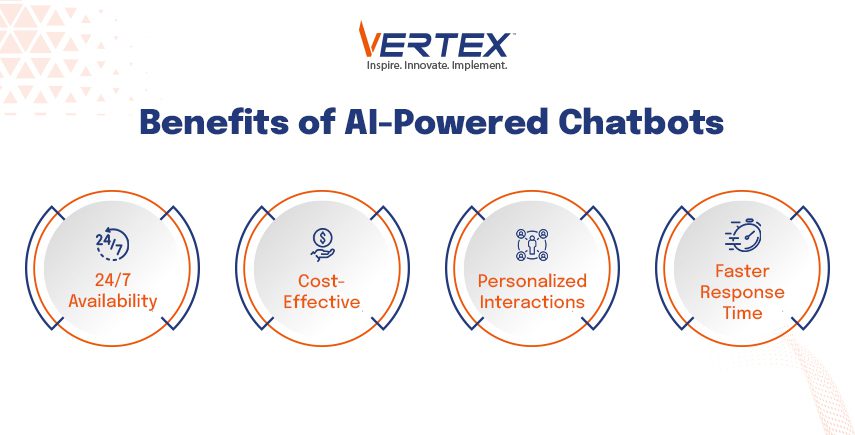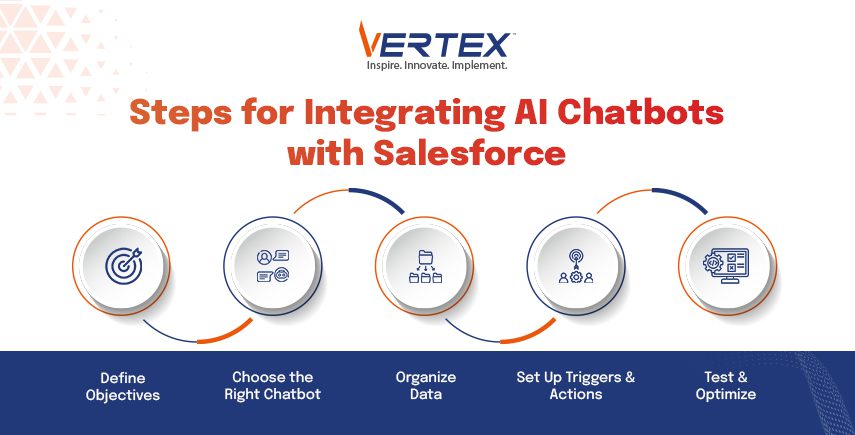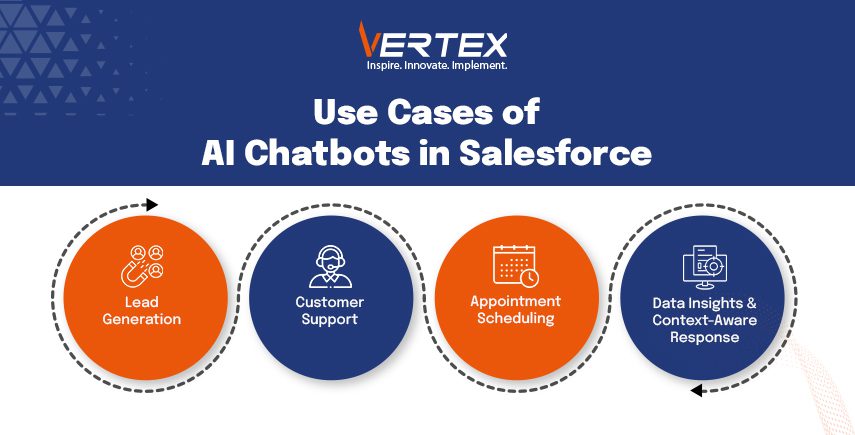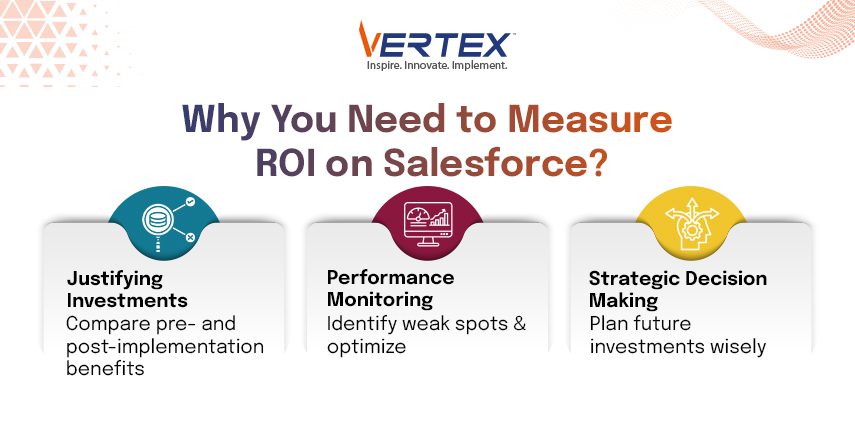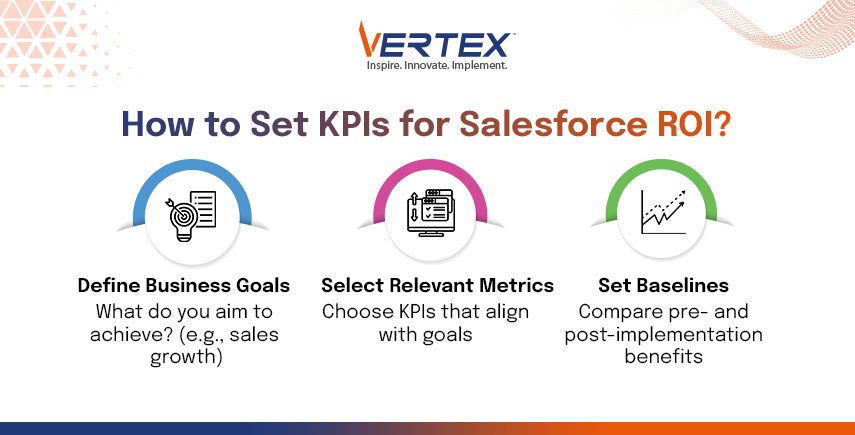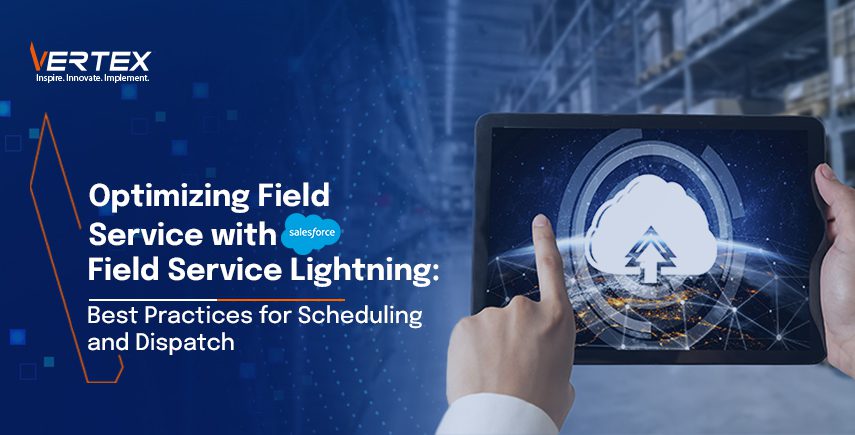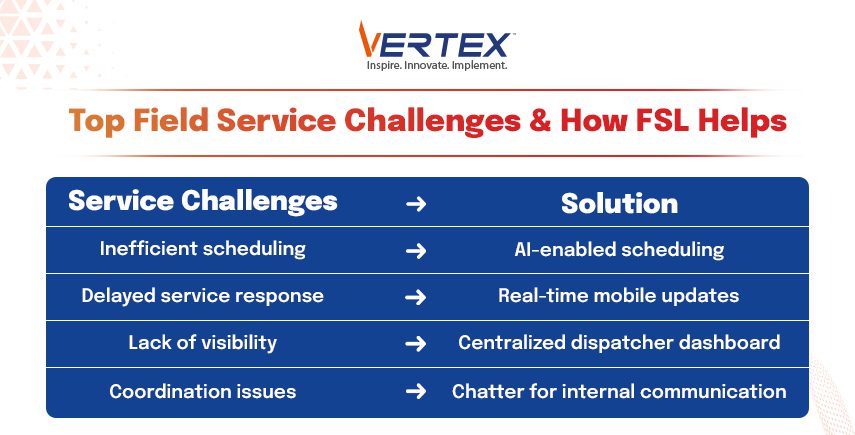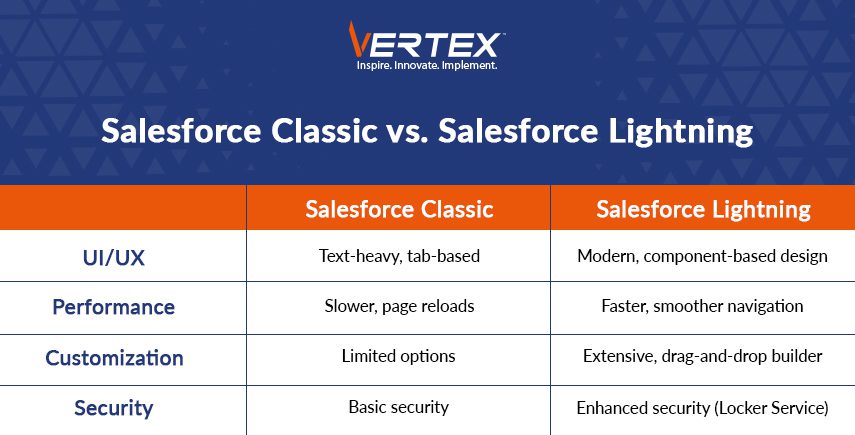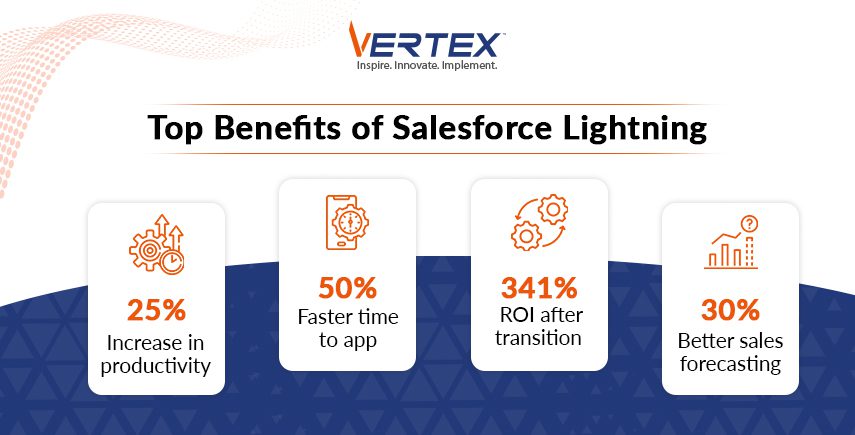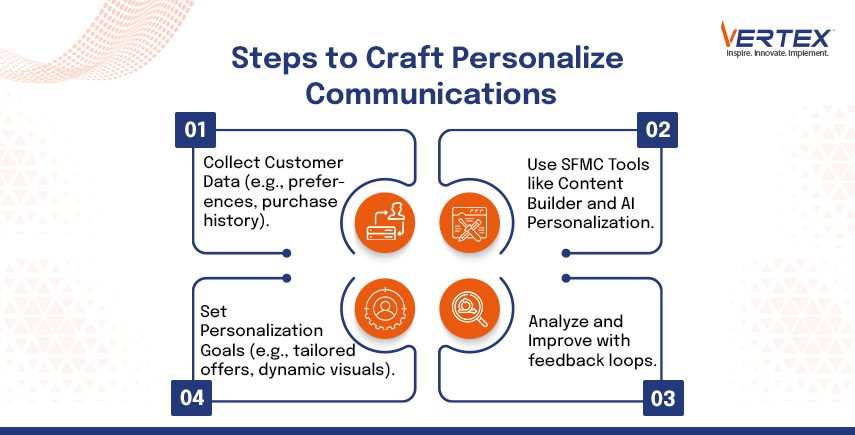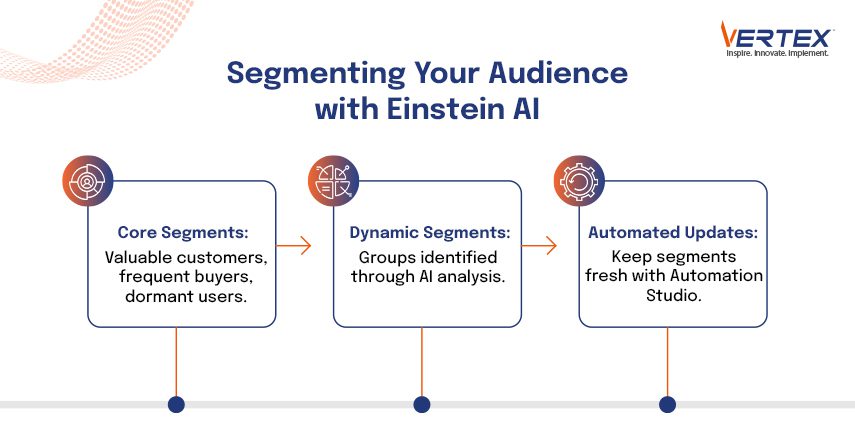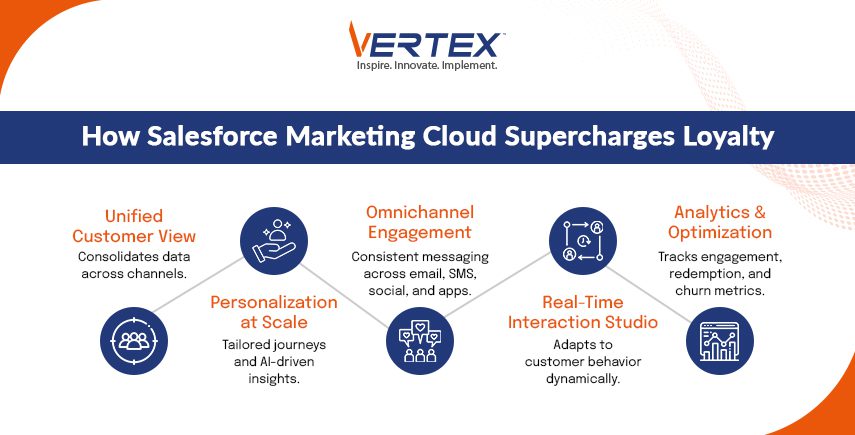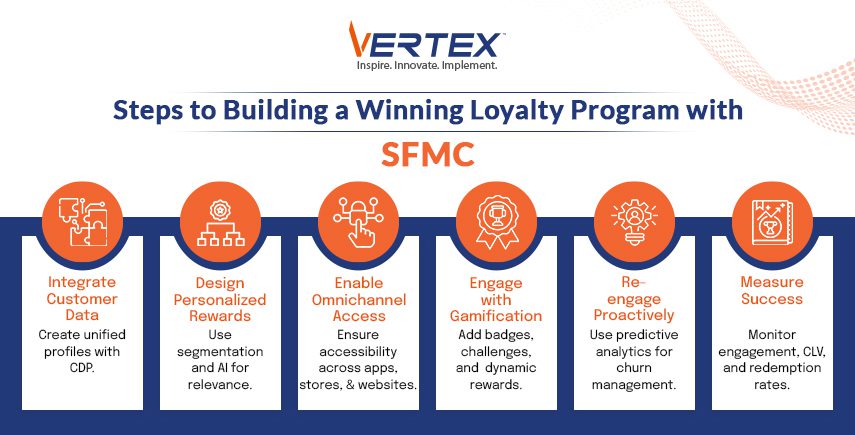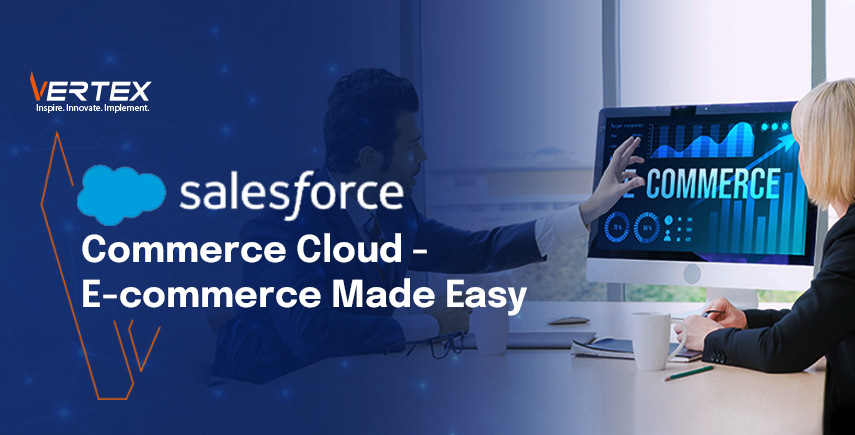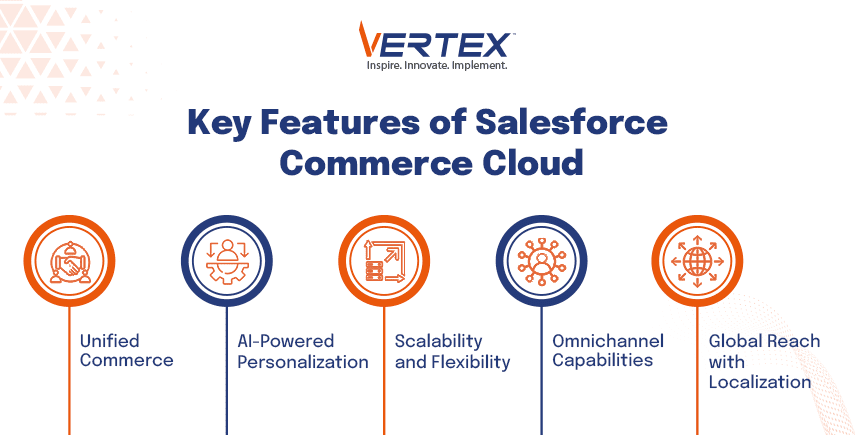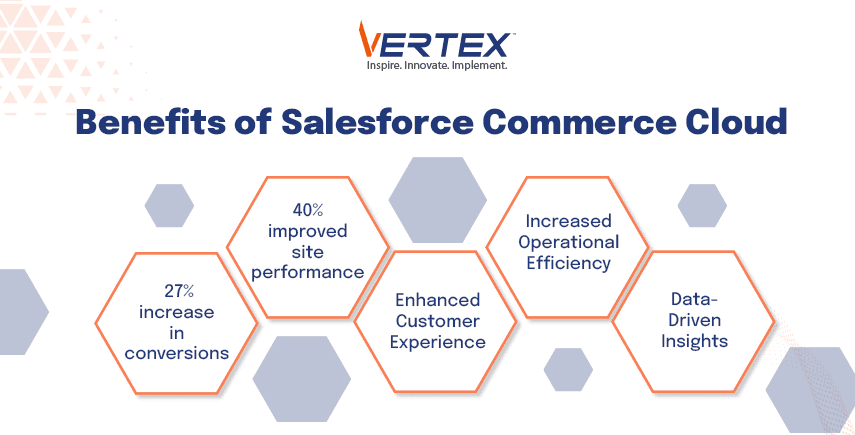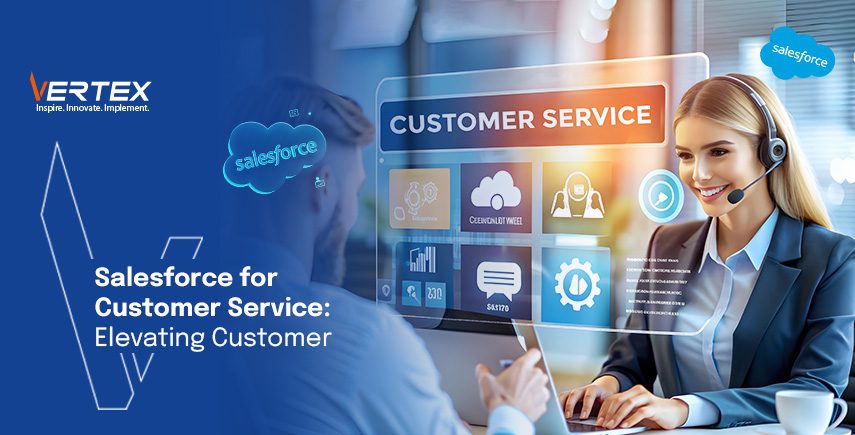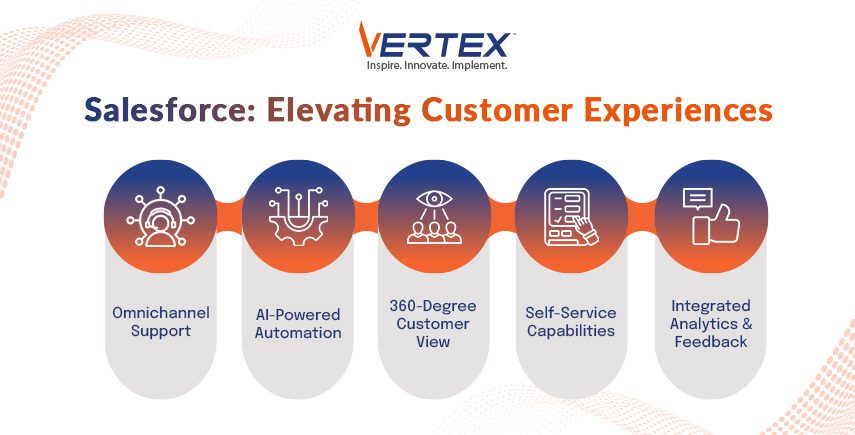Modern manufacturing organisations now view predictive maintenance as an absolute requirement rather than an optional practice. But why? The reason lies in the previous methods, when machines waited for failures to occur for standard maintenance practices to remain effective. Such methods resulted in lost productivity, whereas deadlines get missed and operational expenses become higher. Technological advancement has resulted in a decrease in manual inspection reliability.
But now, Salesforce’s AI offers a solution. The system analyses current operational data to detect upcoming equipment problems, thus maintaining continuous equipment operation. Also, if we talk about surveys, organisations that adopt predictive maintenance achieve 70% fewer breakdowns while their maintenance costs decrease by 25%. The figures go beyond mere statistics because they determine clear success of saleforce’s AI within market competition.
So, with this foundation, this blog discusses how Salesforce AI capabilities have reformed predictive maintenance and delivered a sustainability advantage by cutting down both equipment downtime and maintenance expenses.
What is Salesforce AI?
Salesforce now enables manufacturing companies to control their maintenance programming through artificial intelligence technologies. This platform uses IoT sensors and legacy system integration for processing and collecting real-time equipment data present on the manufacturing floor. Then, later, a set of advanced algorithms reviews this data to generate forecasts for equipment failure time.
The first alerts related to wear and tear in one of the production line’s important components, and it might originate anytime. But concerning urgent or future maintenance, the system enables Salesforce AI to detect minor performance inconsistencies before manufacturing is interrupted. The system activates an alert to personnel while booking maintenance activities to ensure everything is repaired before an unannounced emergency occurs. Such easy technology integration within operational activities creates both a technological advancement and a necessary strategic approach for boosting operational efficiency and stability. But this is not only the benefit we are addressing with this, there are many. Let’s talk about them.
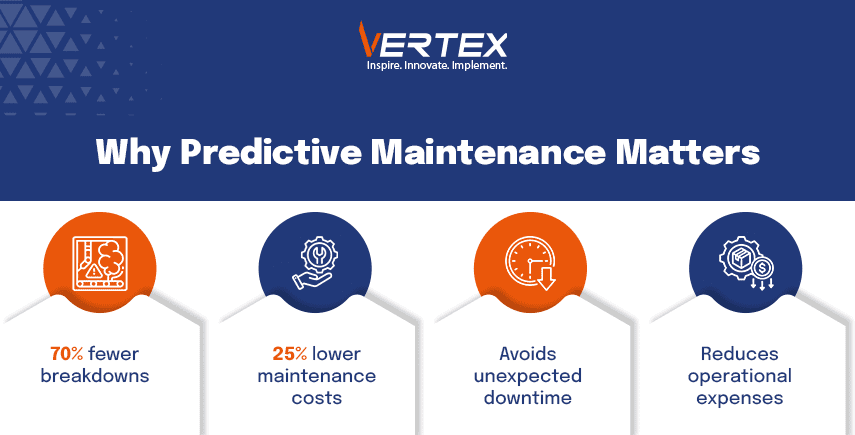
Benefits of implementing Salesforce AI
Implementing salesforce AI predictive maintenance systems by manufacturing facilities results in extensive operational changes. The examination of these advantages begins with their practical implementation.
Enhanced Operational Efficiency
Through continuous equipment health monitoring by Salesforce, AI manufacturers gain the ability to detect problems before they escalate into major issues. The proactive system ensures that machines reach their best operating state without requiring emergency maintenance.
The continuous monitoring system protects operations by creating a balanced production plan that leads to effortless business processes.
Significant Cost Reductions
Costs associated with urgent unscheduled machine downtime exceed maintenance expenditures. The total costs mount when manufacturing operations halt, when emergency deliveries happen to resolve problems quickly, and when premature component failures require new replacements.
Under predictive maintenance systems, manufacturers perform equipment maintenance only during vital operational moments. The preventive action of Salesforce AI reduces maintenance expenditures by 25%, thus generating substantial financial savings that multiply year after year.
Data-Driven Decision-Making
The intelligence provided by Salesforce’s AI informs decision-makers to make a more strategic approach for routine maintenance. Data-driven insights can also assist firms to anticipate when particular parts will need substitution, schedule maintenance over planned suspensions, and therefore allocate resources better. This also helps the production to continue without any kinds of obstacles and enhance overall working planning and efficiency. In a highly competitive market, having real data in your hands is the most valuable thing.
As we’ve explored the main operational changes, let’s now discuss how you can implement Salesforce AI into your maintenance processes.
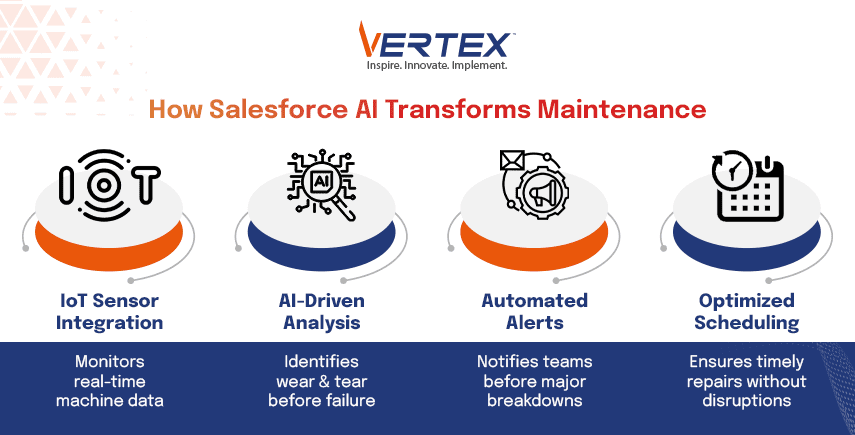
Bringing Salesforce AI into Your Maintenance Process
Since shifting to an AI-powered predictive maintenance plan might sound daunting, it’s an investment worth making.
Here is a step-by-step guide on how to merge Salesforce AI with your current operation:
- Evaluate Your Current Infrastructure: First, start by identifying critical assets and those specific data points that are required for effective monitoring. Assess the current maintenance schedule and identify areas of the plant that experience most of the unplanned downtime.
- Connect IoT Devices to Salesforce: Enable your machines with IoT sensors to generate real-time data. These sensors can identify factors such as temperature, vibration, and pressure that are important indicators of machine condition. This data is easily sent to the central system through Salesforce IoT Cloud.
- Use Salesforce’s AI with Deploy AI for Analytics: Evaluate incoming data. The AI models are built to detect patterns and anomalies, which alert to the potential of possible issues. As it continually learns, the model produces its predicted accuracy, thereby optimizing maintenance schedules.
- Scheduling of Maintenance: Use Salesforce’s Field Service Lightning to automate maintenance processes. When the AI detects something wrong, it immediately schedules a service so that personnel are dispatched at the right moment. It eliminates the disturbance to the work schedule.
After implementing you should have to take care of these steps also –
- Update AI systems and modify maintenance routines based on collected data.
- Overlook AI tools and maintenance services by using data as feedback.
Assessments like this at regular times support its development to work with newer challenges plus handle changing operational needs.
Addressing Common Concerns
Many people worry that setting up AI driven predictive maintenance is complicated and expensive. Common concerns include challenges in connecting data, adjusting sensors, and the overall cost of implementation. While these issues are valid, the long term benefits outweigh the initial investment. With fewer unexpected breakdowns, lower maintenance costs, and longer-lasting equipment, companies usually recover their costs quickly. Hiring experienced consultants can also make the transition smoother and more efficient.
Another concern is data security, especially as production systems become more connected. Salesforce addresses this with top-notch cloud security, including strong encryption, multi-factor authentication, and automatic system updates. This ensures that sensitive data stays protected while AI systems analyze and predict maintenance needs.
Final Words
Clearly, salesforce AI is a powerful tool for predicting and preventing equipment failures. By using all that this AI offers, manufacturers can easily improvethe overall efficiency of the maintenance process. Thus, implementing predictive maintenance is not just a smart move, but it’s becoming essential for staying competitive in the modern manufacturing world.
So, are you ready to strengthen your manufacturing performance? VertexCS delivers expertise in connecting business technology with Salesforce AI to protect machines from breaking down. Visit VertexCS to discover how Vertex can update your current maintenance system.
